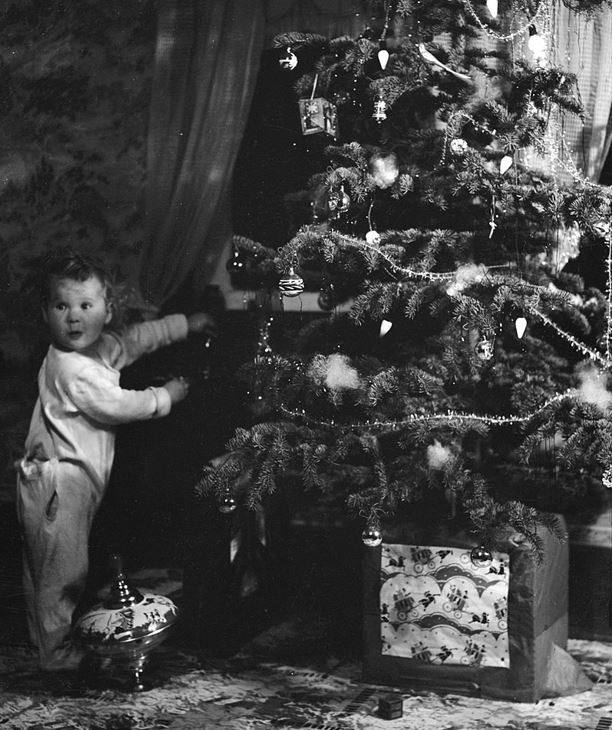When I look around my classroom, I see a mix of ethnicities from around the world. Each student has their own cultural traditions and special holidays, but they may also be curious to learn about some of the traditions we celebrate in Canada during the holiday season.
In Canada we celebrate several important holidays at the end of the year, including Christmas, Kwanzaa, Hanukkah, Diwali, Oktoberfest, Día de los Muertos, and Yee Peng. These are a few of the more commonly observed celebrations, however there are many more. Whatever the ‘reason for the season’, I try to be inclusive and recognize the diversity of our year-end celebrations when discussing the holiday season with students.
It used to be that Christmas was the main holiday of the year celebrated by the majority of Canadians; however, that has changed over the last several decades as Canada has continued to grow in its multiculturalism.
I explain to my students that Christmas is a tradition brought by the French and English settlers to celebrate the birth of Jesus Christ. It’s the Biblical story that inspired our modern-day Christmas celebration in Canada and many other parts of the world. Sharing this with students can provide context for newcomers when they see the nativity scene and hear Christmas carols during the holiday season.
During this discussion, I think it’s important to note that while many Canadians participate in Christmas traditions each year, it may not be for the same reasons. Some celebrate the birth of Jesus Christ, while others celebrate the winter solstice. Still others celebrate as merely a happy and festive time of year to spend with family.
Some common Christmas traditions to share with your students include:
- Gathering with family and friends to celebrate together
- Decorating a pine tree with ornaments and lights, typically topped with either a star or an angel
- Singing Christmas carols (songs about Christmas)
- Having a dinner feast with turkey and cranberry sauce or roasted ham
- Exchanging gifts with each other (typically on Christmas eve or Christmas morning)
- Attending special events such as concerts, galas, religious services, ceremonies and festivals
- Baking special desserts and building gingerbread houses
- Drinking hot chocolate, eggnog, mulled wine, hot-buttered rum, and other festive drinks
- Decorating houses and trees with multi-coloured lights and other festive decorations
- Reading classic tales such as The Night Before Christmas, A Christmas Carol, and The Nutcracker
- Hanging stockings above a fireplace or on a wall to fill with goodies for children
- Leaving out cookies and milk for Santa Claus and carrots for his reindeer
- Hanging mistletoe in a doorway so when a couple stand below it they have to kiss!
For the Indigenous People of Canada, their traditional celebrations are often seasonal events based on the summer and winter solstices. Year-end celebrations involve ringing in the lunar new year with ceremonial singing and dancing in observance of the crescent moon, and weather it will foreshadow a bountiful or poor harvest in the coming year.
One account, shared by a member of the Cree Nation in Saskatchewan, described how in pre-contact times the longest night of the year was an important religious observance. He described how they could hear the dog teams crossing the lake as the trappers returned for the holiday. The trip took several days and when they returned the dogs had bells so they could be heard approaching from a far distance. The trappers would then go to town and sell their furs, before gathering with their family and friends to celebrate.
Your students will enjoy learning about the rich diversity of celebrations we observe in Canada every year during the holiday season. My hope is that by discussing these traditions in the classroom, I’ll be able to kindle the spirit of the holiday season we all share with my newcomer students. There is something magical about a year ending and a new one beginning. The sparkling snow on the ground, the frosty air, the warm glow of lights amidst the frozen landscape of the Canadian winter, the hopes of a prosperous new year; This is what makes the holiday season so special.

